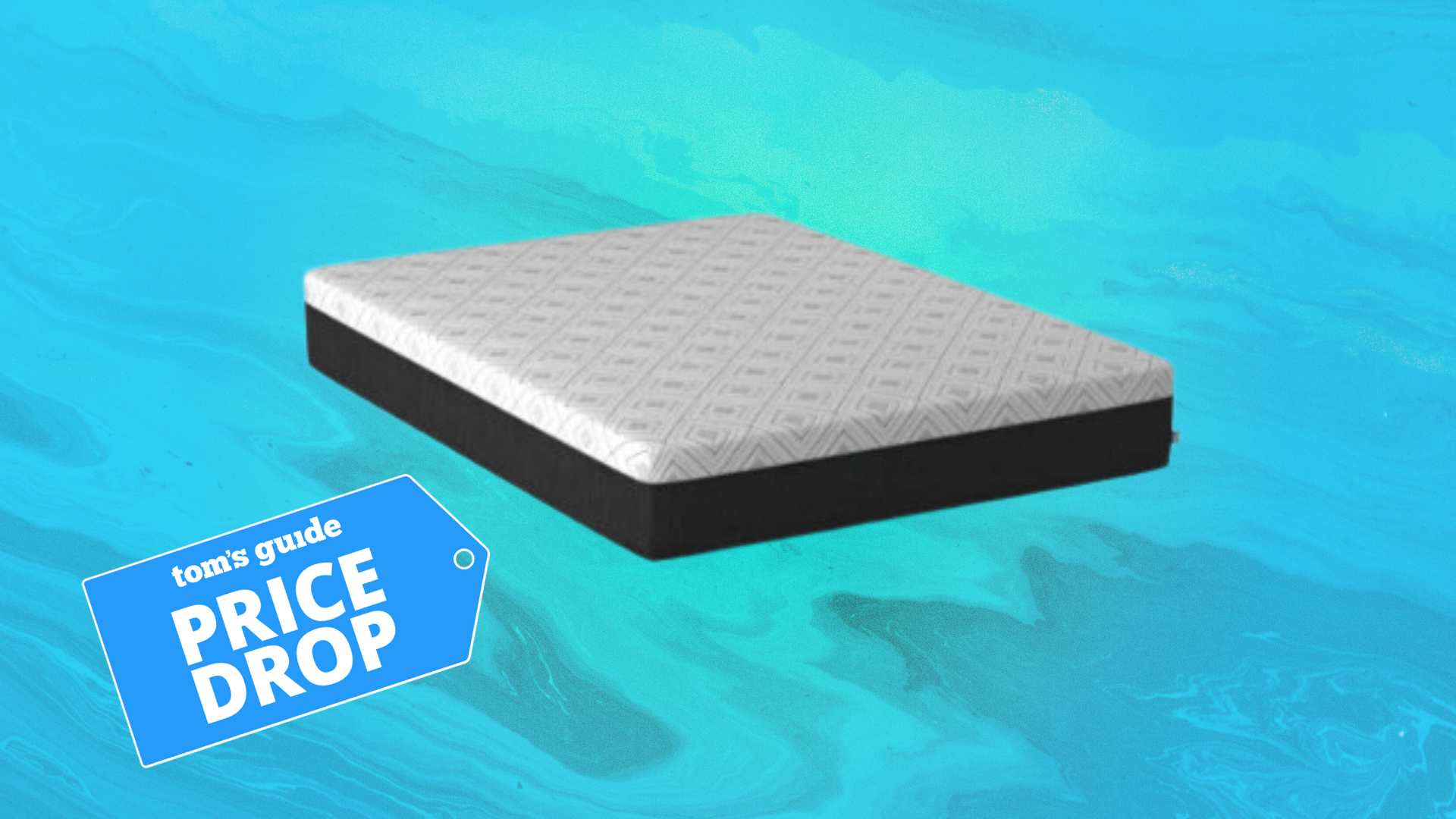7 ways to improve your dishwasher’s performance

No kitchen is complete without a dishwasher. These appliances will leave items sparkling and streak-free in a single cycle — pots and pans included. It’s the better option when it comes to using the dishwasher vs washing by hand. But, with ongoing use, even the performance of the best dishwashers can dwindle. Food residue might escape the wash, or water marks could crop up on glassware. In short, your trusted dishwasher struggles to clean like it used to.
But, before you write it off and think its time to replace your dishwasher, know that there are ways to improve things. From taking care with what you load, to running a more appropriate program, a few small changes and a bit of TLC can often refresh your dishwasher’s performance. So there’s no need to endure lackluster results. If you’re keen to give this appliance a new lease of life, we’ve listed 7 essential tips here to get you started.
1. Clean it regularly

First off, you must take the time to clean this appliance. Many homeowners forget about this chore — it’s not surprising when you consider a dishwasher’s function. It’s designed to clean so why would it need cleaning? But, cleaning a dishwasher is an essential part of its upkeep.
With every cycle, food residue can build up in the filter, while soap scum and grease can accumulate and encourage germs. Even ignoring the immediate dirt, limescale can form within the pipes, impairing the efficiency. Fail to address these, and it will affect the overall performance of your dishwasher. It will start to smell under such conditions and in the worst case scenario, it can prompt expensive repairs too.
There are different levels of cleaning when it comes to your dishwasher. You should be checking and cleaning the filter between each cycle — this is to ensure the same food won’t dirty the next load. Once a week, or every two weeks, you should also give it a general clean, involving rinsing the filter and wiping down the internal door. Then once a month, it needs a deep clean. This involves washing the accessories as well as running a general cleaner, such as white vinegar, through the machine. For a full breakdown, here’s how to clean a dishwasher.
2. Load it correctly
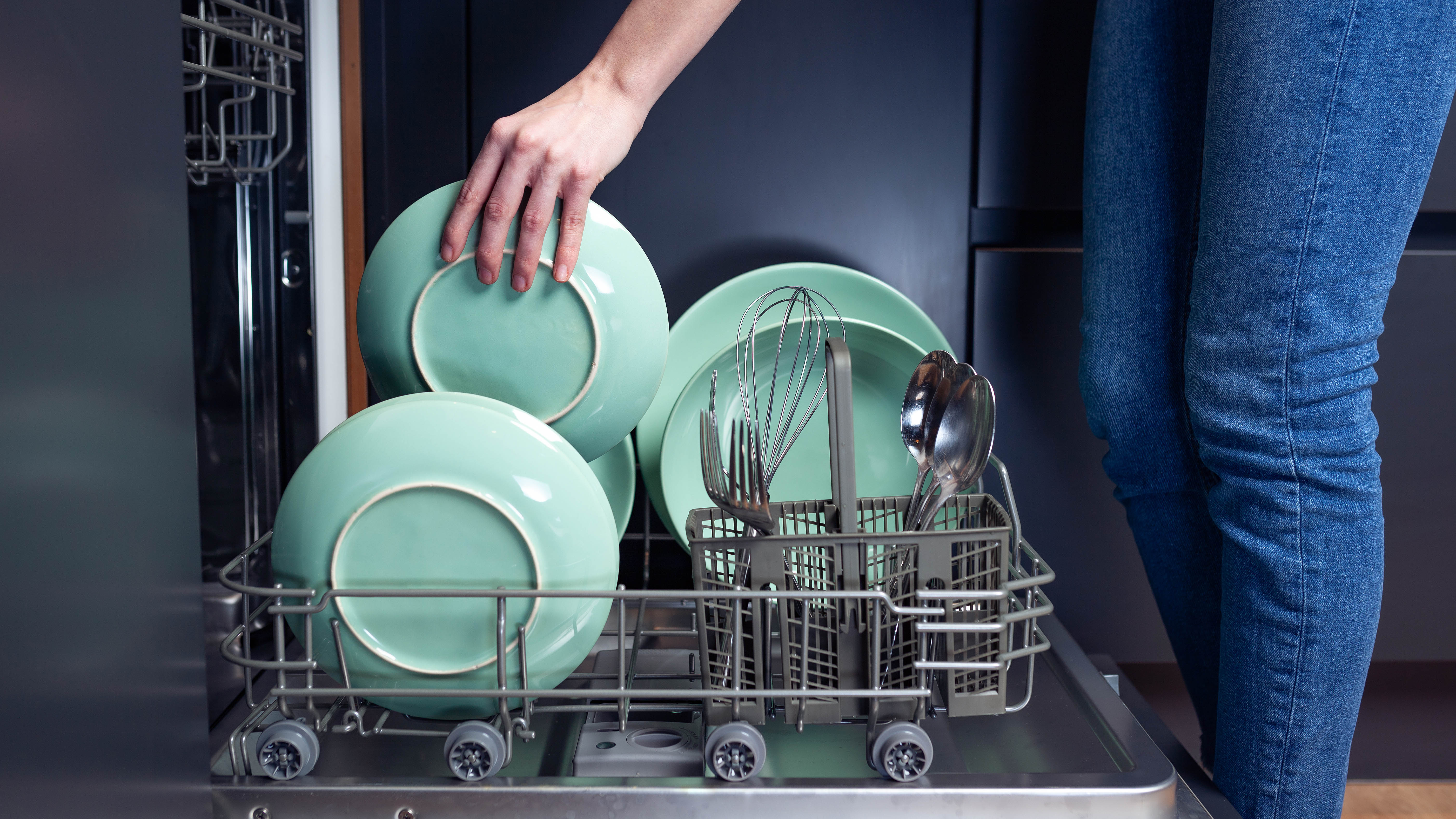
It’s all well and good blaming your dishwasher for a poor performance, but have you ever stopped to consider that it might be down to how you load it? If not loaded properly, a dishwasher won’t clean effectively — in some cases it won’t be able to clean at all. For instance, where plates are touching, the water can’t flow through. If the spray arm is blocked, it will fail to distribute the water properly.
Always refer to your manual for the best way to load your dishwasher. The recommended placement for each type of item will vary depending on the model. Once you know this, make sure you fill it to capacity, but don’t overload it. If items are crushed together, your dishwasher won’t be able to access and clean the load fully. Always check the spray arm can rotate freely beneath the upper basket before you run a cycle. If it’s blocked, you will need to rearrange the load or raise the upper basket. For more info, see how to load a dishwasher.
Get instant access to breaking news, the hottest reviews, great deals and helpful tips.
But, make sure you avoid these 13 things you should never put in a dishwasher.
3. Top up the salt and rinse aid
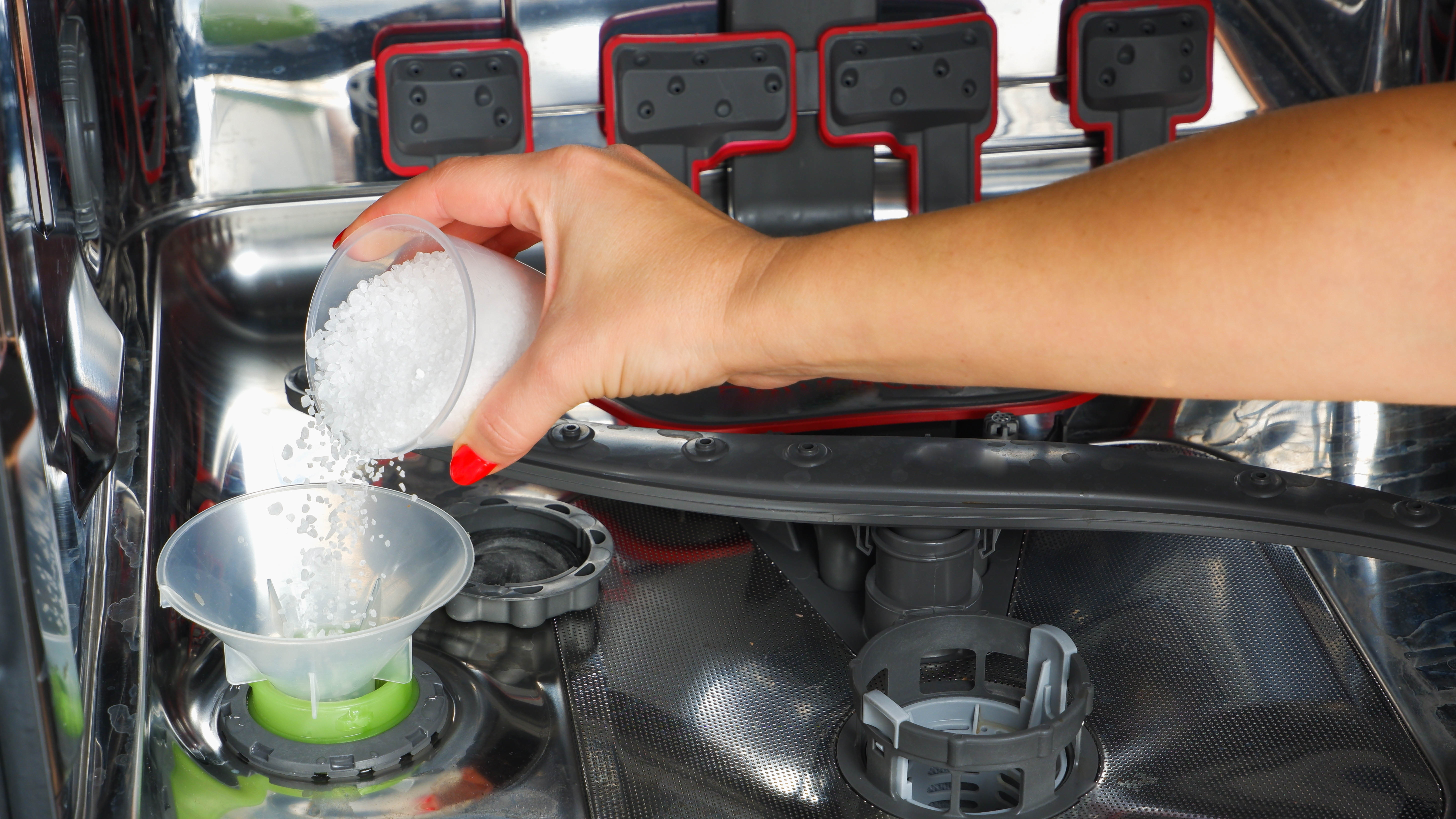
Don’t ignore the indicator lights on your dishwasher. If it’s showing low salt or low rinse aid on the control panel, these too can contribute to poor performance. If you have a hard water supply dishwasher salt will help soften the water with which it washes, ultimately giving you better cleaning results from your chosen detergent. Seeing that it softens the water, this reduces potential limescale in the appliance too.
To top up the salt, you need to access the reservoir which is usually located on the floor of the dishwasher (some advanced models now have them built into the doors). Using the supplied funnel, slowly add dishwasher salt until filled. Don’t worry if water flows out. Again, follow your manual for guidance. If any salt spills, run the dishwasher on a short cycle to wash it away, ensuring the lid is sealed beforehand.
As the name suggests, rinse aid helps the residual water rinse away at the end of the cycle. Without this, the water will sit on the items within the load as it dries, resulting in water spots and cloudy glassware. So rinse aid will ultimately improve the drying performance. The reservoir to top this up tends to be located in the door itself, sometimes directly next to the detergent dispenser. Fill it until it reaches its maximum. and
You might also be interested in why a hygiene experts warns of the dangers of using the eco cycle on your dishwasher and there’s one common kitchen item you should never put in a dishwasher — here’s why, and I asked dishwasher experts for the best product to clean my dishes — and there’s one thing they wouldn’t recommend.
4. Leave it to dry
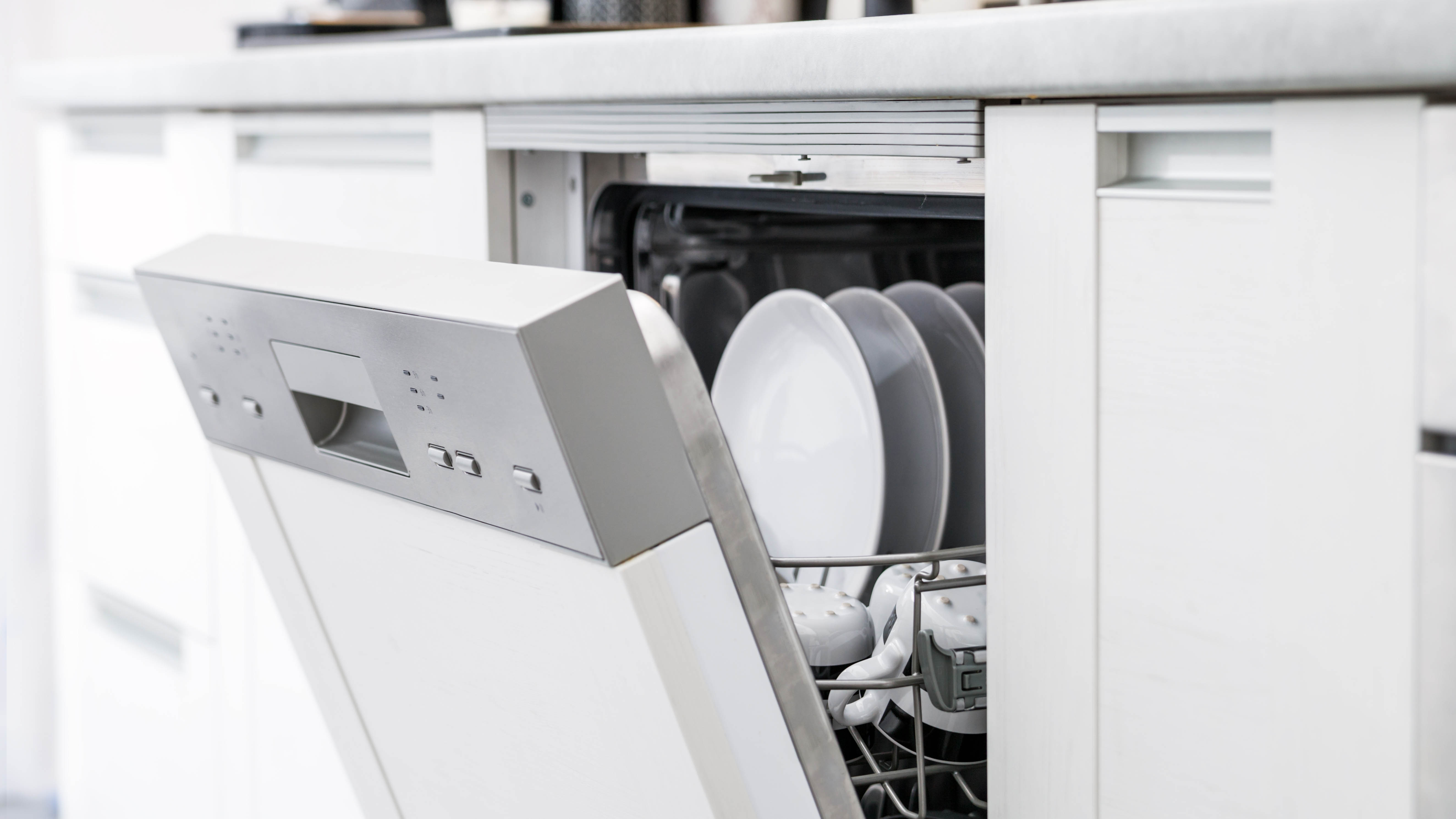
While your dishwasher may be filled with rinse aid, the drying performance could still be lacking. It is frustrating when it comes to emptying your dishwasher, only to find items dripping and covered in puddles, but there are ways around this. First, once your dishwasher has finished running, it’s a good idea to open the door and leave it to vent and dry naturally for at least 30 minutes. Some dishwashers come with an auto-open function to do this for you. Just make sure it has significant time to air before you empty. Leaving your dishwasher to air can also help prevent mold from building up within.
Some dishwashers also come with additional drying programs to speed up the process. Just keep in mind that this can cost you more in terms of energy, particularly if there’s a heating element. Condenser drying and those that use minerals to dry are considered more energy efficient.
5. Take advantage of the heavy setting
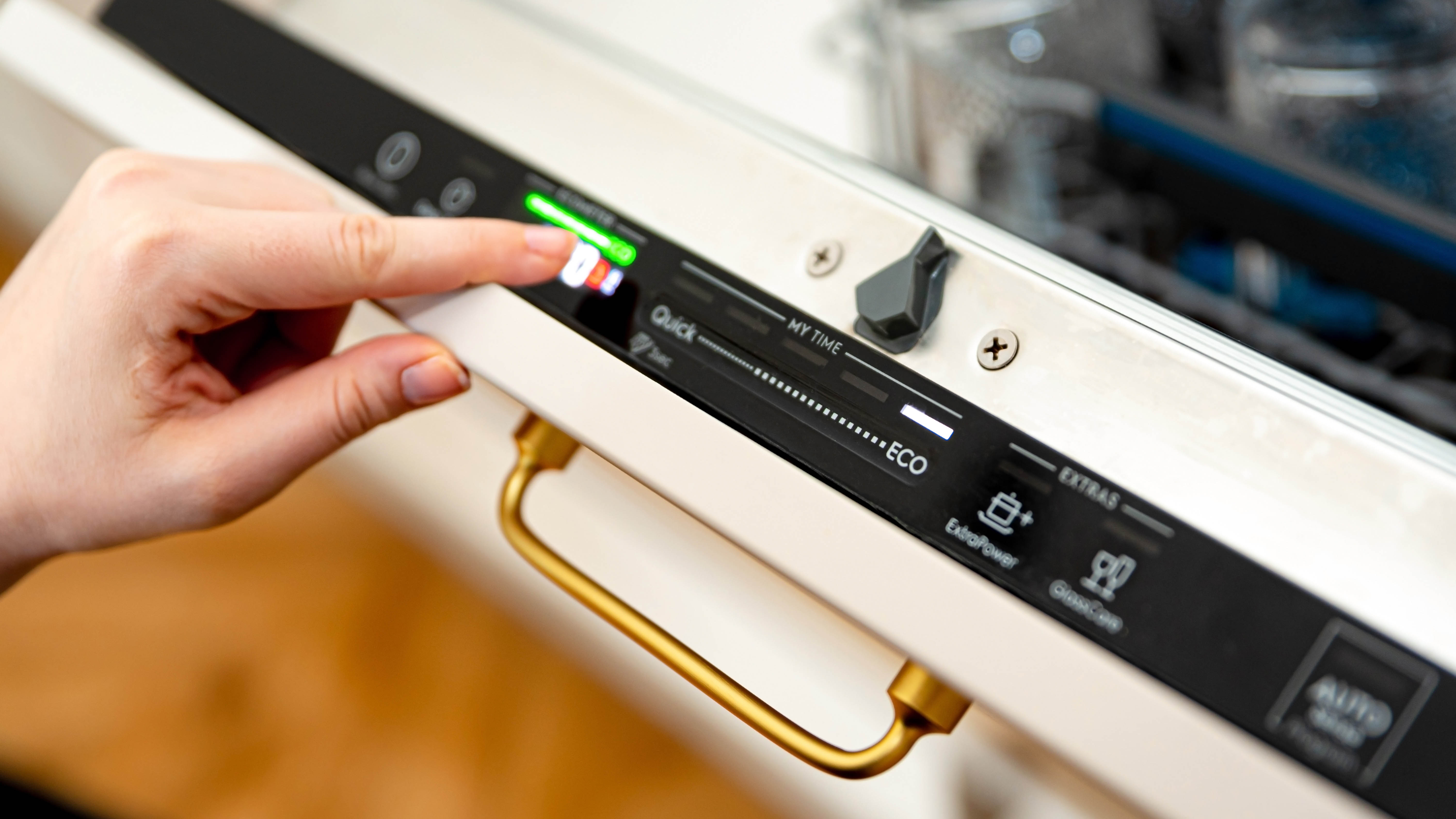
If your dishwasher is struggling to remove stains, you might not be using the most appropriate setting. Eco cycles and options are becoming increasingly popular with dishwashers — trading a longer cycle for less energy and water consumption. The trouble is, much as it is with eco settings on washing machines, the performance naturally isn’t as strong compared to the standard settings. Consequently, plates and cookware can emerge with residual stains dried on, which are that much harder to remove.
Before you select your standard program, stop and consider if it’s appropriate for what you’re washing. If you’re dealing with baked-on stains on pots and pans, the heavy or intense cycle may be a better option. Washing at a higher temperature, this has the best chance to remove this type of residue. But if you’re washing light, everyday stains, eco can do the job. Don’t forget about all those programs in between too — auto can adjust itself depending on the stain level, glassware is great for delicate items, while a quick wash is ideal if you’re short on time.
6. Scrape away residue
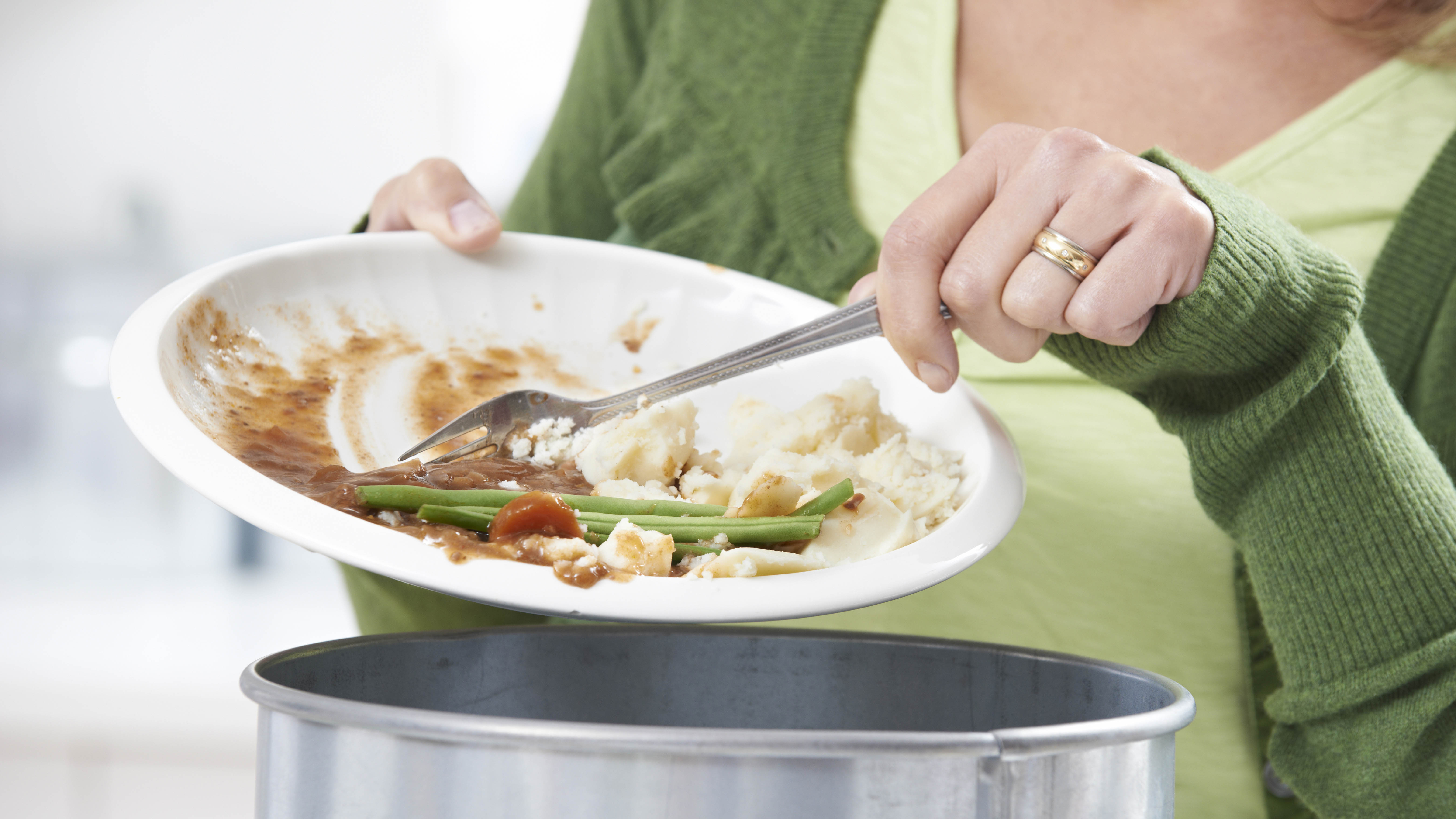
Make sure you’re scraping away large residue from your plates before loading up the dishwasher. A dishwasher is not a trash can — any food which gets loaded in there will only be sprayed around before settling in the filter. It’s not a hygienic thought to say the least, particularly if it remains for the next cycle. Having said that, if you’ve got a dishwasher with a hard food disposer built-in to the base, this can help break down large food particles, but it’s an expensive addition.
You also don’t need to rinse your crockery before loading it. Your dishwasher can handle this level of residue — washing it away pre-emptively just wastes time and water. You should remember to check and clean the filter between each cycle though, to remove any blockages.
7. Run the hot water
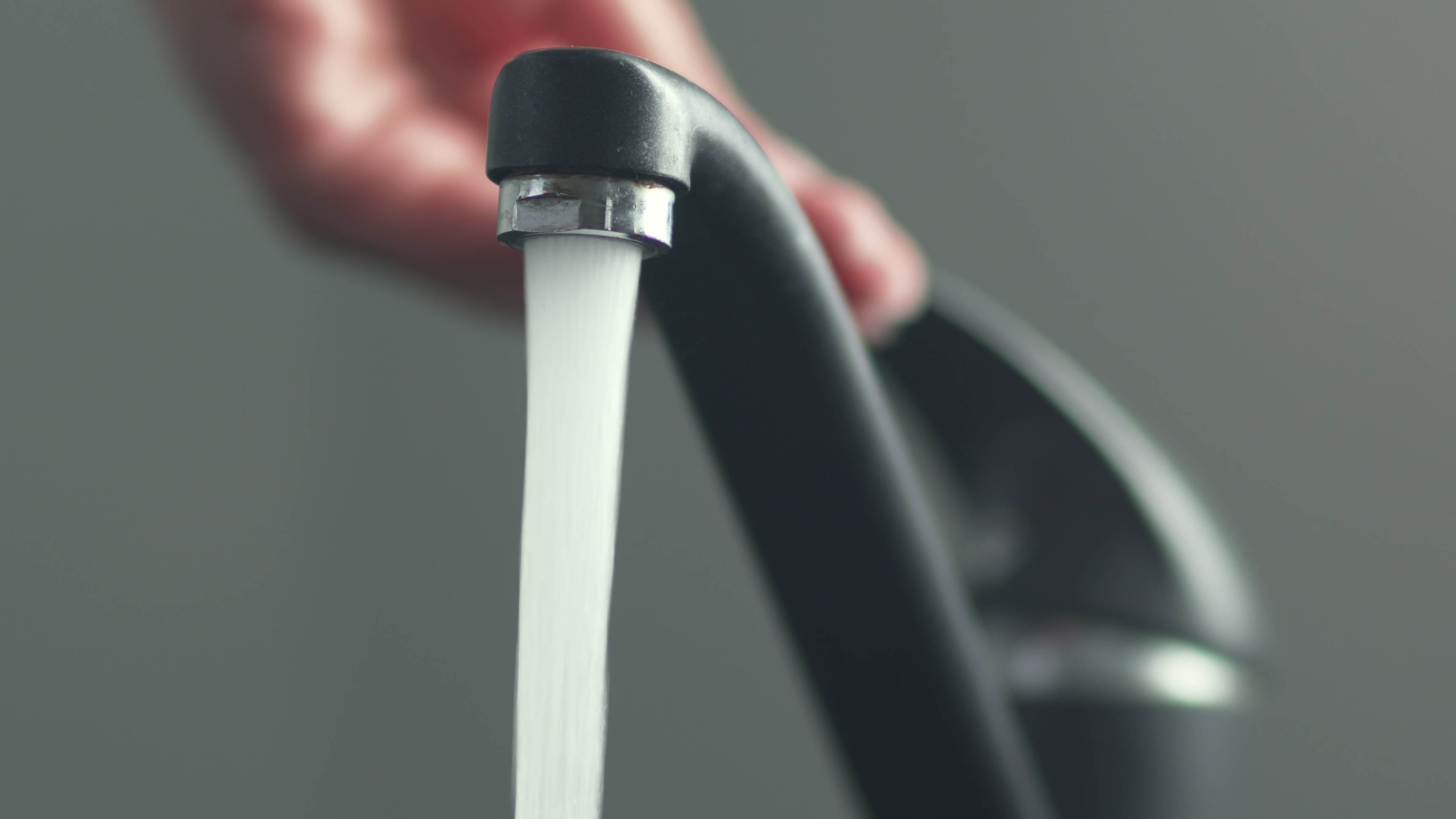
This point applies to dishwashers connected directly to hot water valves, rather than those which heat the water solely by themselves. Generally speaking, the hotter the water, the better the cleaning performance from your dishwasher. And if you want this appliance to get off to a good start, running the faucet in your kitchen hot for a few seconds beforehand can help. This gives the water a chance to reach temperature before your dishwasher accesses it. Otherwise the cycle won’t be as hot or efficient as it could be, and the performance will suffer.
Remember the temperature of the water should reach at least 120°F before it enters the dishwasher. You can always use one of the best meat thermometers to check this.
More from Tom's Guide

Katie Mortram used to be a Homes Editor for Tom's Guide, where she oversaw everything from kitchen appliances to gardening tools, as well as smart home tech. Specializing in providing expert advice for cleaning and home manintenance, she now works as Household Advice Editor for Good Housekeeping.
